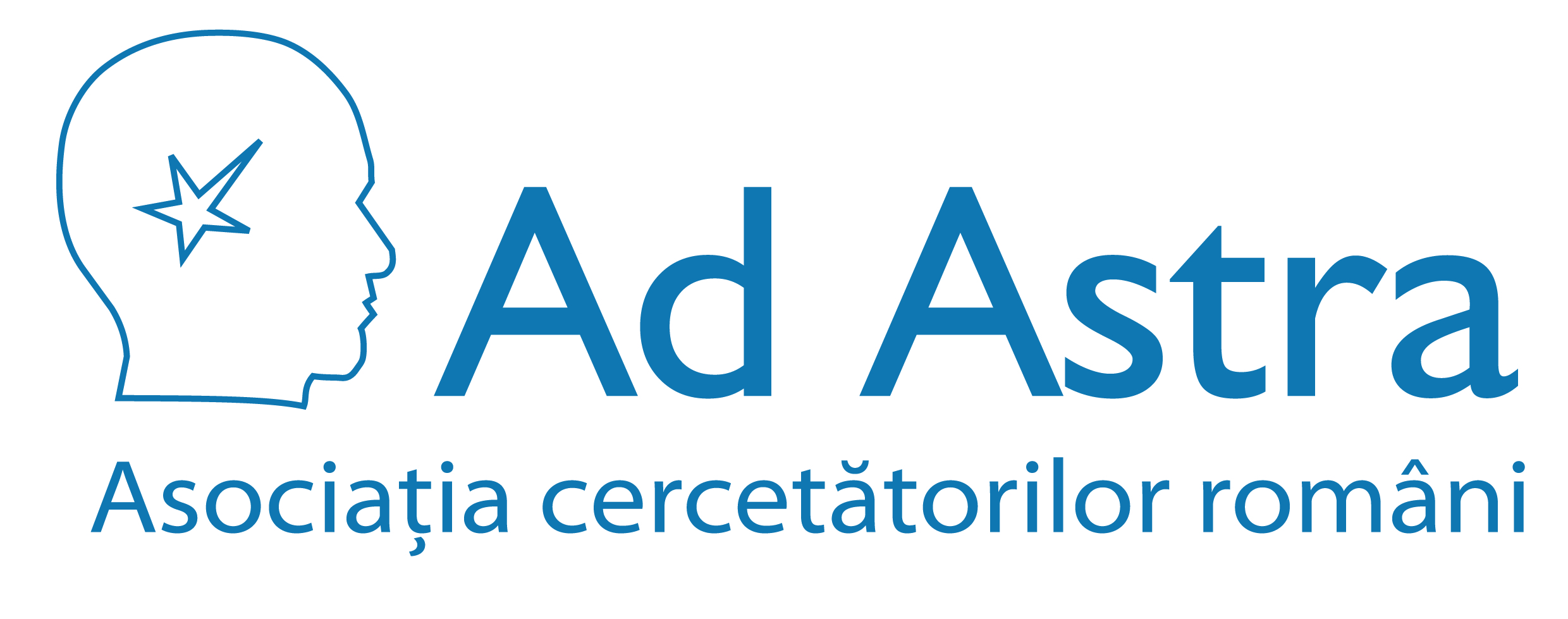Scopul nostru este sprijinirea şi promovarea cercetării ştiinţifice şi facilitarea comunicării între cercetătorii români din întreaga lume.
Staff Login
Quantifying CaCO3 Microprecipitates Within Developing Surface Mats of Marine Stromatolites Using GIS and Digital Image Analysis
Domenii publicaţii > Biologie + Tipuri publicaţii > Articol în revistã ştiinţificã
Autori: Alexandru I. Petrisor, Tomohiro Kawaguchi, Alan W. Decho
Editorial: Geomicrobiology Journal, 21(8), p.491-496, 2004.
Rezumat:
The unique geochemical coupling of organic molecules and mineral CaCO3provides a fluorescence signature detectable using conventional confocal scanning laser microscopy (CSLM). The surface microbial mats of open-water marine stromatolites (Bahamas) exist in a continuum of states ranging from a Type 1 (i.e., nonlithifying) to Type 2 (i.e., lithified micritic laminae present) to Type 3 (i.e., fused grain layer). An approach was developed here, that utilizes geographical information systems (GIS) and digital image analysis, coupled with CSLM to estimate concentrations of calcium carbonate precipitates in developing marine stromatolites. We propose that the area occupied by particles within each image can be used to estimate concentrations of precipitates. Fluorescent polymeric microbeads and bacteria were used to calibrate the approach. We used this approach to demonstrate that CaCO3precipitates in lithifying layers were quantifiable and significantly different (p<0.0001) from those in nonlithifying layers. The approach provided a useful tool for the unambiguous assessment of relative changes in microbial precipitates occurring over small (m to mm) spatial scales, and that characterize the formation of lithified layers (micritic laminae) in open-water marine stromatolites.
Cuvinte cheie: Biofilm; Caco3; Gis; Stromatolite; Precipitate; Carbonate; Bacteria
URL: http://www.informaworld.com/smpp/content~content=a714034922~db=all

